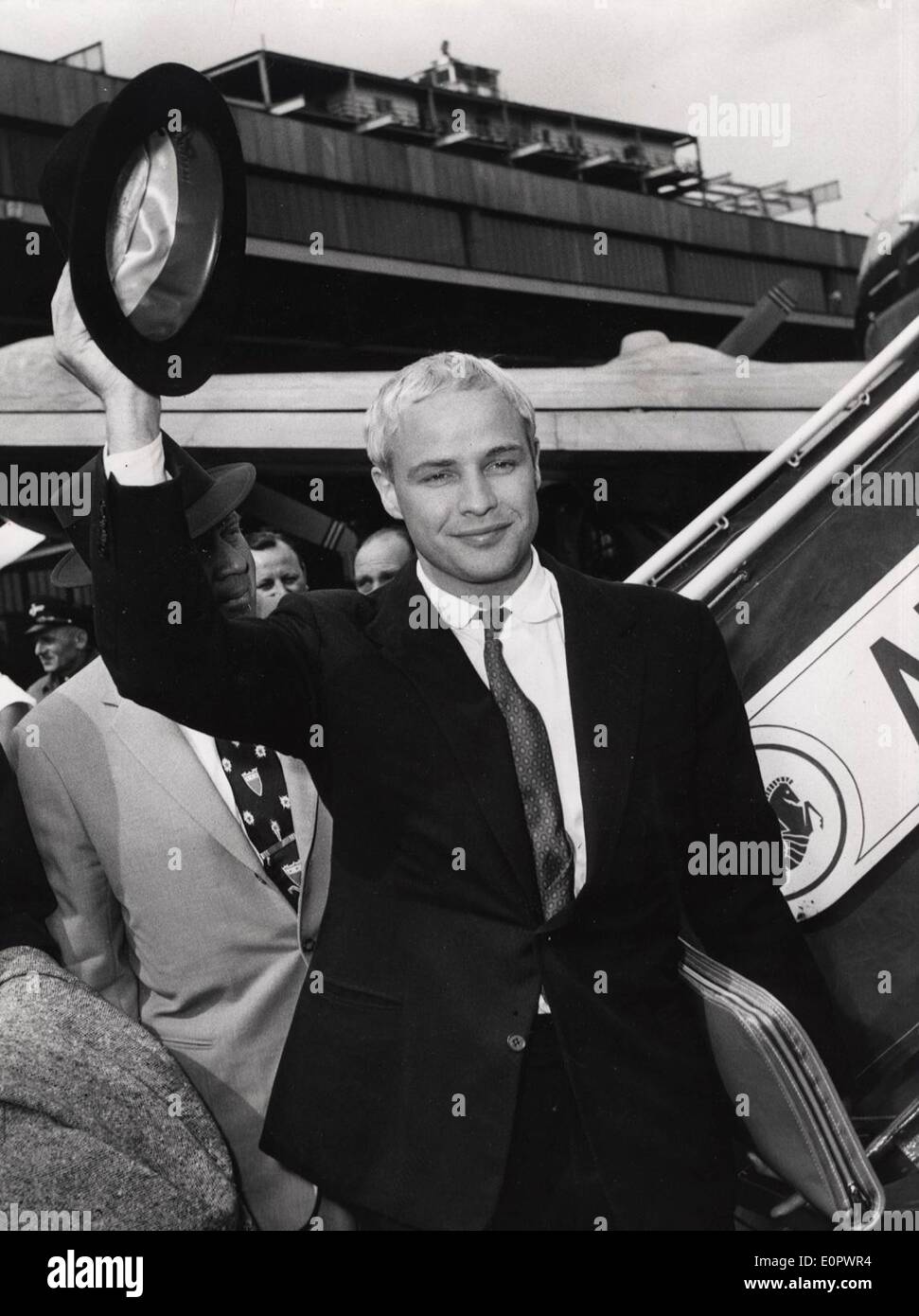Marlon Brando is often regarded as one of the greatest actors in the history of cinema, a title he earned through his revolutionary approach to acting that reshaped the film industry. His performances were marked by a depth and realism that transcended traditional acting norms, making him a pivotal figure in the transition from classical to modern acting methods. This article explores Brando’s life, his groundbreaking techniques, his influence on the acting profession, and his lasting legacy in the world of film.
Early Life and Career Beginnings

Marlon Brando was born on April 3, 1924, in Omaha, Nebraska. Raised in a family with artistic inclinations, he developed a passion for acting early in life. His journey into the world of performance began at the University of Omaha, where he studied drama. However, his true breakthrough came when he moved to New York City to study at the Stella Adler Studio of Acting.
- Influence of Method Acting: Brando became a protégé of the Method acting technique, which emphasized emotional authenticity and personal experience. This method would become a cornerstone of his acting style.
- Broadway Breakthrough: In 1947, he made his Broadway debut in Tennessee Williams’ “A Streetcar Named Desire,” where he played the role of Stanley Kowalski. His performance was electrifying and earned him critical acclaim, leading to his first Academy Award nomination.
Brando’s Transformational Approach to Acting
Brando’s approach to acting was revolutionary, as he brought a level of realism that had not been seen before in Hollywood. He moved away from the theatricality of classical acting and instead focused on the following principles:
- Emotional Truthfulness: Brando believed that an actor’s job was to convey real emotions. He drew from his own life experiences to create authentic characters.
- Physicality: His use of body language and facial expressions to communicate emotions made performances more relatable and human.
- Improvisation: Brando often strayed from the script, allowing for spontaneous reactions that added depth to his performances.
Iconic Roles and Critical Success
Brando’s film career took off in the 1950s, and he quickly became a leading man in Hollywood. Some of his most iconic roles include:
- Stanley Kowalski in “A Streetcar Named Desire” (1951): This role solidified Brando’s status as a major talent, and his famous line, “Stell-lahhhh!” became a cultural reference point.
- Vito Corleone in “The Godfather” (1972): Brando’s portrayal of the mafia don won him his second Academy Award and is often cited as one of the greatest performances in film history.
- Mark Antony in “Julius Caesar” (1953): This role showcased his ability to bring Shakespearean characters to life with modern sensibilities.
The Impact of Brando on Future Generations

Marlon Brando’s influence extends far beyond his own performances; he has inspired countless actors and shaped the future of acting. His legacy can be seen in various aspects of contemporary performance:
- Inspiration for Method Actors: Brando paved the way for a new generation of actors who adopted the Method acting style, including Robert De Niro, Al Pacino, and Daniel Day-Lewis.
- Realism in Film: His emphasis on emotional truthfulness can be seen in modern films that prioritize character depth over superficiality.
- Breaking Gender Norms: Brando’s fluidity in embodying masculinity challenged traditional gender roles and opened up the space for diverse representations in film.
Controversies and Personal Struggles
Despite his immense talent, Brando’s life was not without controversy. He often clashed with directors and studios, and his off-screen behavior garnered media attention. Some key aspects include:
- Personal Struggles: Brando faced issues with addiction and mental health, which sometimes affected his professional life.
- Political Activism: He was known for his activism, particularly regarding Native American rights. His refusal to accept his Oscar for “The Godfather” in 1973 as a protest against Hollywood’s portrayal of Native Americans drew both praise and criticism.
Brando’s Legacy: A Lasting Influence

Marlon Brando passed away on July 1, 2004, but his impact on the film industry continues to be felt. His contributions can be summarized in the following ways:
- Redefining Masculinity: Brando’s portrayal of complex male characters challenged the stereotypical notions of masculinity in film.
- Acting as an Art Form: He elevated acting from mere performance to a respected art form, inspiring countless actors to pursue authenticity in their craft.
- Critically Acclaimed Films: Many of Brando’s films remain classics and are studied in film schools across the globe.
Conclusion: The Enduring Impact of Marlon Brando
Marlon Brando was not just an actor; he was a transformative force in the film industry. His commitment to emotional authenticity, innovative techniques, and boundary-pushing performances redefined what it meant to act on screen. From his electrifying performances in classic films to his influence on future generations of actors, Brando’s legacy endures. He taught us that acting is not merely about reciting lines but about embodying the human experience in all its complexity. As we reflect on his life and career, it is clear that Marlon Brando remains an unparalleled icon whose impact on cinema will be felt for generations to come.